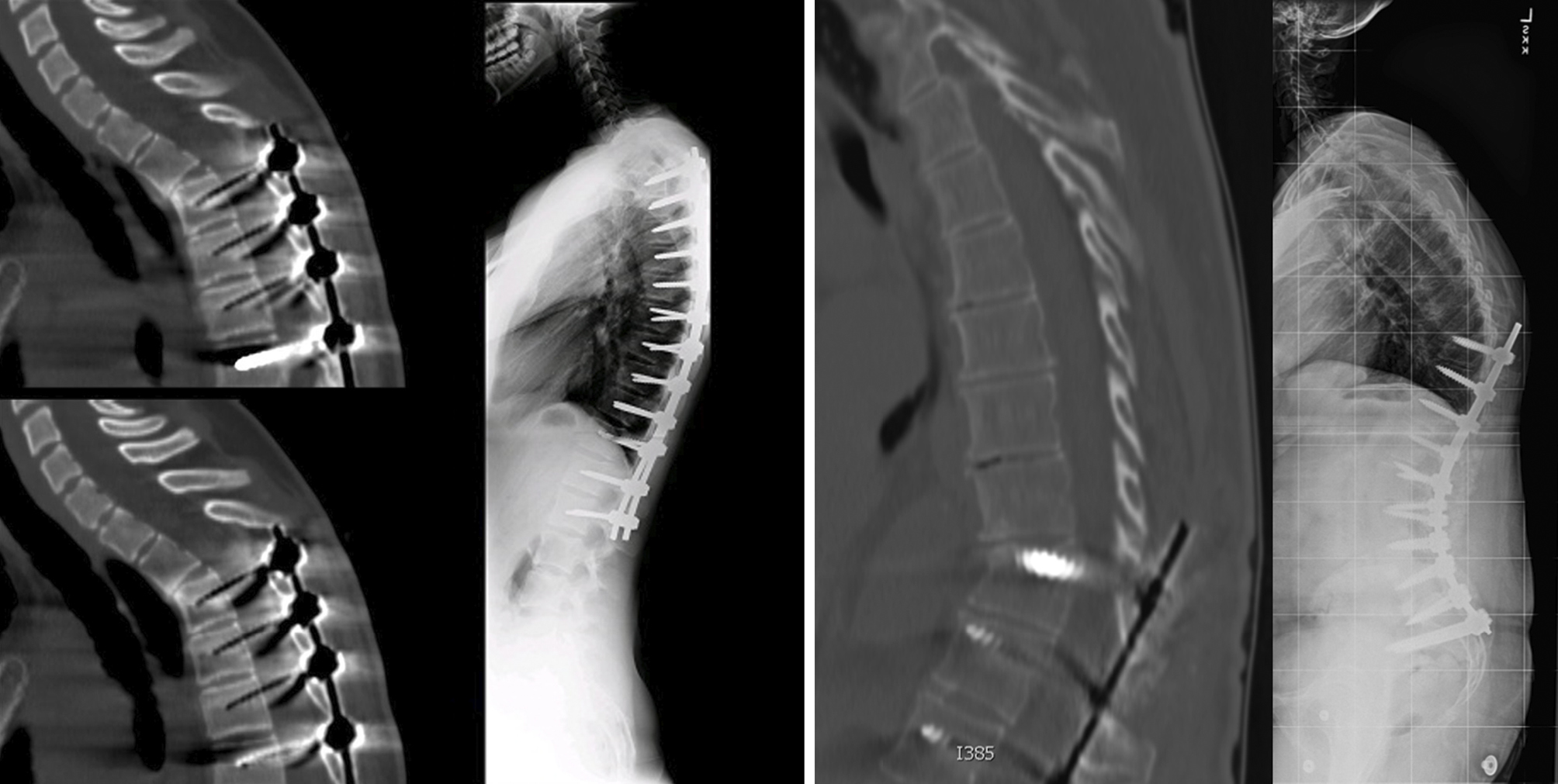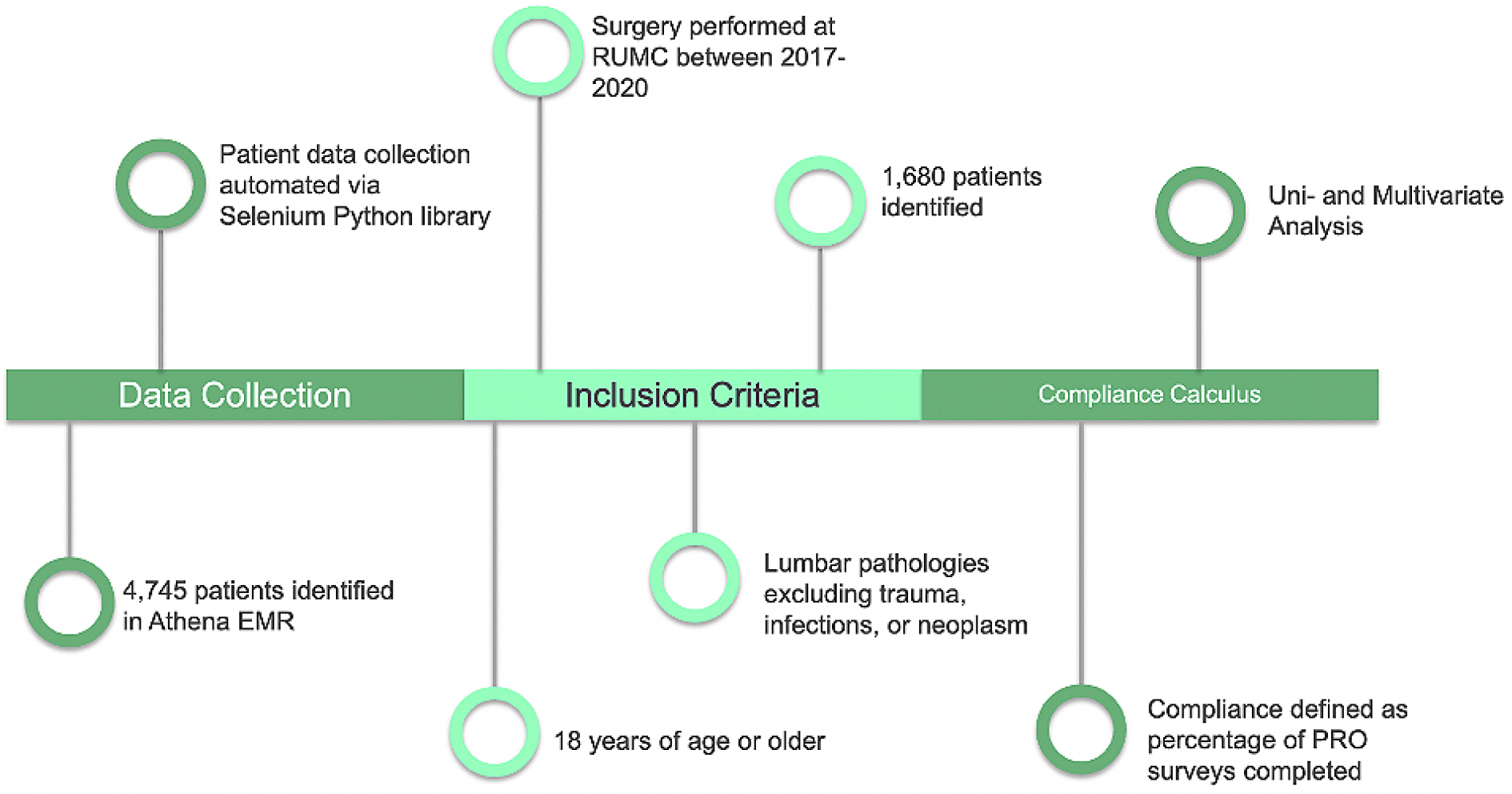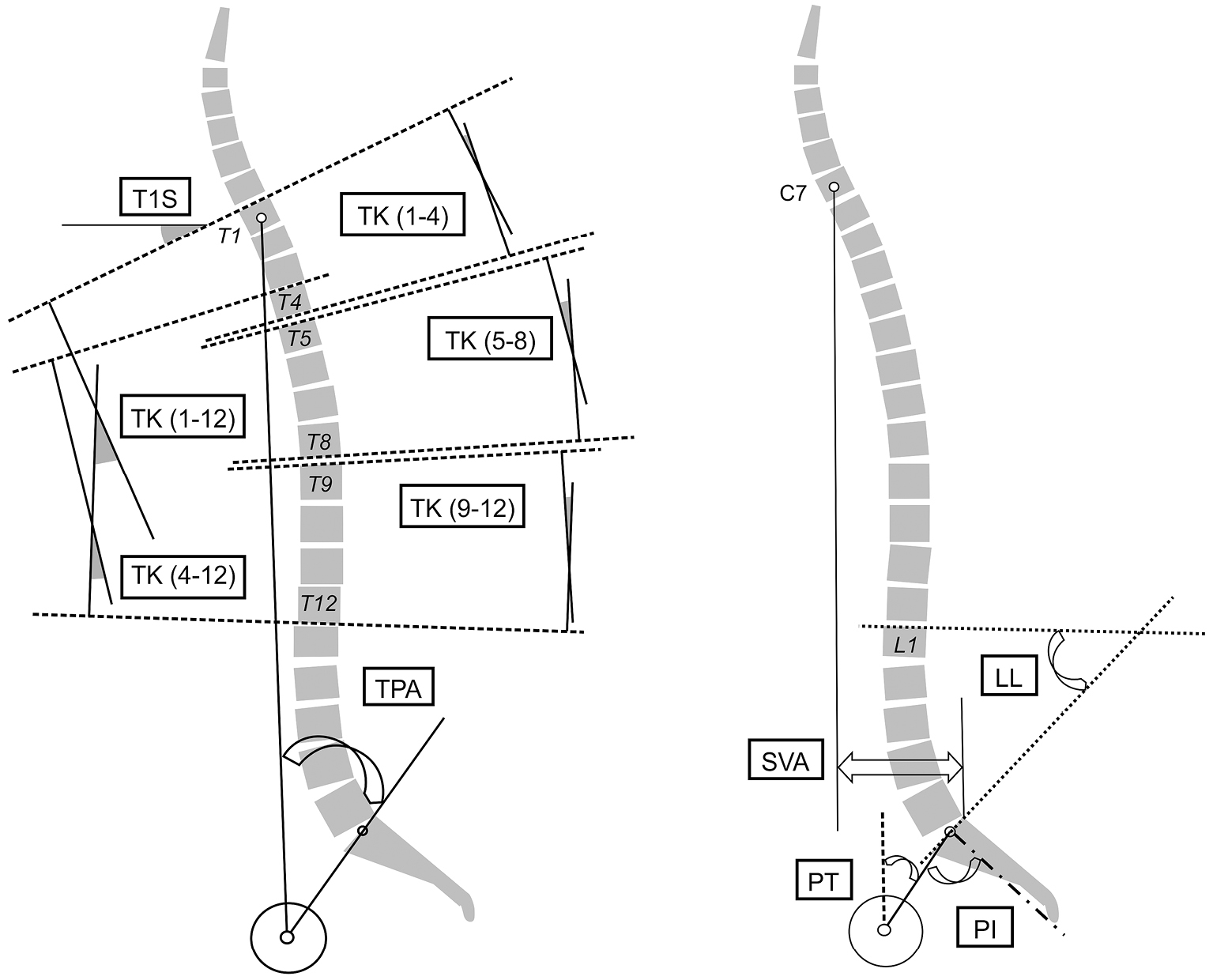Volume 7, Issue 2
Displaying 1-15 of 15 articles from this issue
- |<
- <
- 1
- >
- >|
REVIEW ARTICLE
-
2023Volume 7Issue 2 Pages 120-128
Published: March 27, 2023
Released on J-STAGE: March 27, 2023
Advance online publication: June 28, 2022Download PDF (594K) -
2023Volume 7Issue 2 Pages 129-135
Published: March 27, 2023
Released on J-STAGE: March 27, 2023
Advance online publication: February 13, 2023Download PDF (95K)
ORIGINAL ARTICLE
-
2023Volume 7Issue 2 Pages 136-141
Published: March 27, 2023
Released on J-STAGE: March 27, 2023
Advance online publication: October 28, 2022Download PDF (88K) -
2023Volume 7Issue 2 Pages 142-148
Published: March 27, 2023
Released on J-STAGE: March 27, 2023
Advance online publication: October 28, 2022Download PDF (464K) -
2023Volume 7Issue 2 Pages 149-154
Published: March 27, 2023
Released on J-STAGE: March 27, 2023
Advance online publication: October 13, 2022Download PDF (1345K) -
2023Volume 7Issue 2 Pages 155-160
Published: March 27, 2023
Released on J-STAGE: March 27, 2023
Advance online publication: October 13, 2022Download PDF (700K) -
2023Volume 7Issue 2 Pages 161-169
Published: March 27, 2023
Released on J-STAGE: March 27, 2023
Advance online publication: October 13, 2022Download PDF (396K) -
2023Volume 7Issue 2 Pages 170-178
Published: March 27, 2023
Released on J-STAGE: March 27, 2023
Advance online publication: October 28, 2022Download PDF (866K)
TECHNICAL NOTE
-
2023Volume 7Issue 2 Pages 179-182
Published: March 27, 2023
Released on J-STAGE: March 27, 2023
Advance online publication: January 12, 2023Download PDF (444K)
CLINICAL CORRESPONDENCE
-
2023Volume 7Issue 2 Pages 183-187
Published: March 27, 2023
Released on J-STAGE: March 27, 2023
Advance online publication: October 13, 2022Download PDF (844K) -
2023Volume 7Issue 2 Pages 188-191
Published: March 27, 2023
Released on J-STAGE: March 27, 2023
Advance online publication: October 13, 2022Download PDF (751K) -
2023Volume 7Issue 2 Pages 192-196
Published: March 27, 2023
Released on J-STAGE: March 27, 2023
Advance online publication: October 13, 2022Download PDF (256K)
LETTER TO THE EDITOR
-
2023Volume 7Issue 2 Pages 197
Published: March 27, 2023
Released on J-STAGE: March 27, 2023
Advance online publication: January 12, 2023Download PDF (34K) -
2023Volume 7Issue 2 Pages 198
Published: March 27, 2023
Released on J-STAGE: March 27, 2023
Advance online publication: January 12, 2023Download PDF (36K)
ERRATUM
-
2023Volume 7Issue 2 Pages 199
Published: March 27, 2023
Released on J-STAGE: March 27, 2023
Download PDF (99K)
- |<
- <
- 1
- >
- >|












